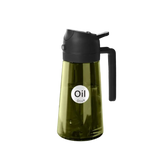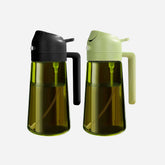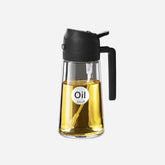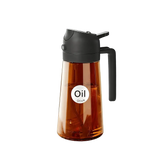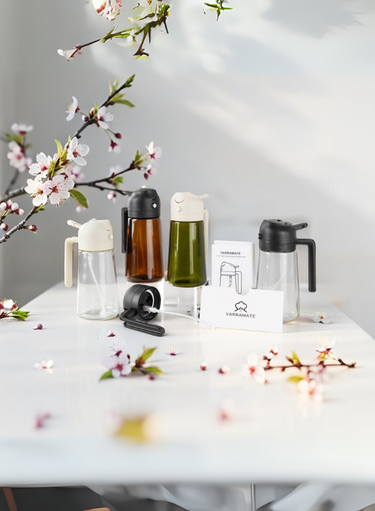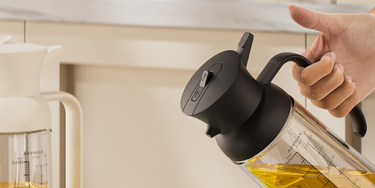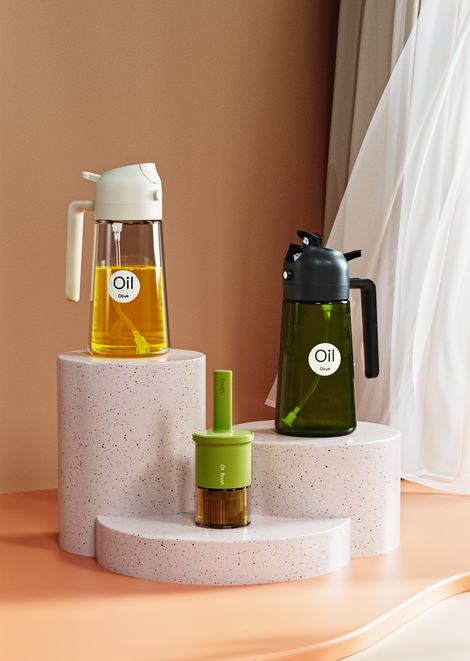5 Easy Ways to Prevent Your Oil Sprayer from Getting Blocked
Keeping your oil sprayer working like new isn't rocket science—it's about small, consistent habits. If you've ever pressed the trigger and got nothing but air, you know the frustration of a clogged sprayer. Let's fix that before it happens.
Use the Right Type of Oil
Not all oils behave the same way. Thick oils like coconut or sesame can easily clog your sprayer over time. For best results, stick with lighter oils—olive, avocado, or canola. If you're using a glass oil sprayer, even a thin layer of buildup can block the nozzle.
According to a Harvard Health study, lighter oils not only spray better but are also linked to improved heart health—so it's a win-win.
Clean the Bottle Regularly
This sounds obvious, but it's where most people slip up. Residue builds up fast, especially if you leave oil sitting for weeks. A quick rinse won't cut it—your goal is to clean the bottle thoroughly every 7–10 days.
- Empty any leftover oil.
- Add warm water and a few drops of mild dish soap.
- Shake gently and spray a few times to clean the nozzle.
- Rinse until water runs clear.
Avoid Overfilling the Glass Oil Sprayer
You might think more oil means fewer refills—but overfilling traps air and affects spray pressure. Keep the bottle only ¾ full to allow proper air circulation inside the pump.
Store the Sprayer Correctly
Storage matters more than you think. Direct sunlight and heat cause oil to thicken, especially inside a sealed sprayer. Always store it in a cool, dry place—ideally in a cabinet away from the stove.
According to The USDA Food Safety and Inspection Service, exposure to light and heat accelerates oil spoilage, which can clog the sprayer and affect taste over time.
Rinse the Nozzle After Each Use
It takes five seconds and saves you hours of frustration later. After cooking, fill the sprayer with warm water, pump a few sprays, and let it dry. This flushes out any micro-clogs before they harden.
💬FAQ
How often should I clean my oil sprayer?
Clean your oil sprayer every 1–2 weeks if used daily. For occasional use, once a month is fine. Regular cleaning prevents oil buildup and nozzle clogging.
Can I use dish soap to clean a glass oil sprayer?
Yes, mild dish soap and warm water are perfectly safe for glass bottles. Avoid harsh detergents or boiling water, which may damage seals or affect spray function.
Summary
A well-maintained oil sprayer doesn't just look better—it performs better and lasts longer. By choosing the right oils, cleaning regularly, and giving your glass oil sprayer some quick care after every use, you'll never face the dreaded“no spray”problem again.
It's a small effort that pays off every time you cook. Think of it as a five-minute ritual that keeps your kitchen smooth, clean, and frustration-free.


